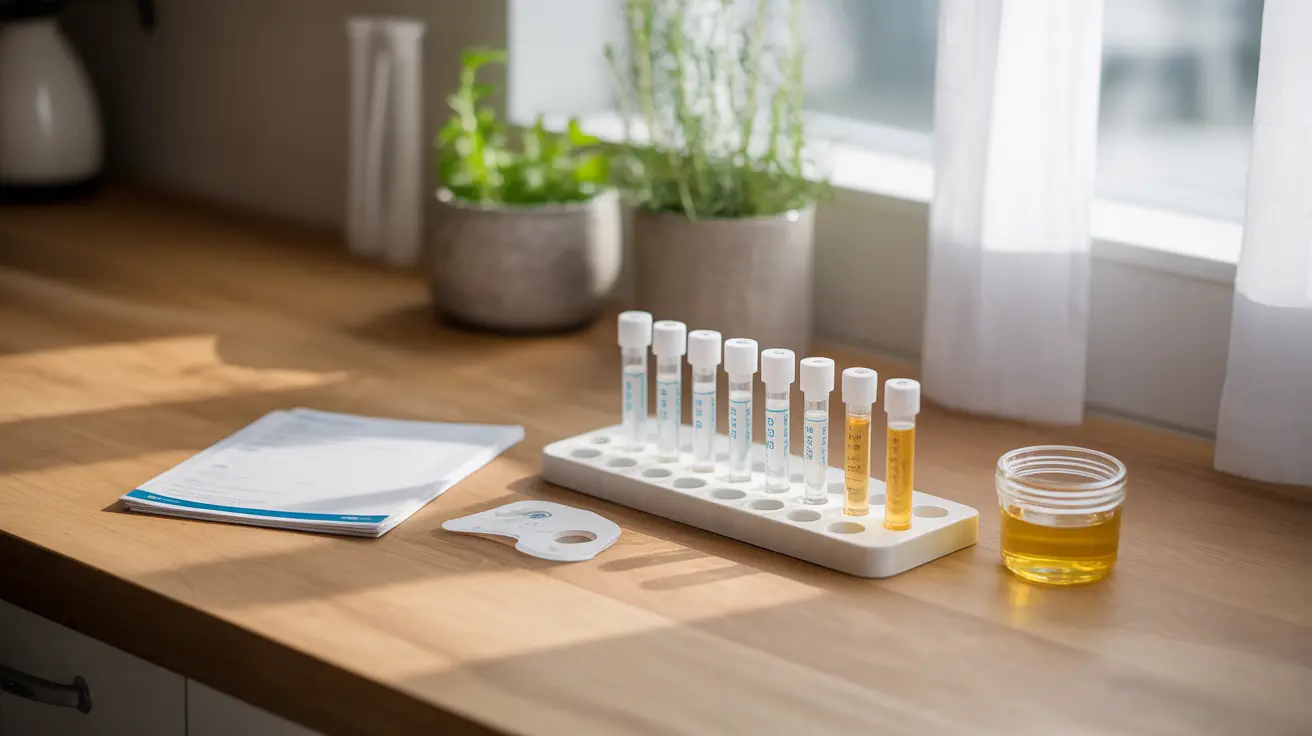Dealing with scars can significantly impact both physical appearance and emotional well-being. Whether from surgery, injury, or acne, understanding the various treatment options available to fade scars is crucial for achieving the best possible results. This comprehensive guide explores proven methods, from medical interventions to natural remedies, helping you make informed decisions about scar treatment.
Understanding Different Types of Scars
Before pursuing treatment, it's essential to identify your scar type, as different scars respond better to specific treatments. Common types include hypertrophic scars, keloids, atrophic (depressed) scars, and contracture scars. Each type requires a tailored approach for optimal results.
Professional Medical Treatments
Medical professionals offer several effective treatments for fading scars:
Laser Therapy
Advanced laser treatments can significantly improve scar appearance by targeting damaged skin cells and stimulating collagen production. Different laser types work best for specific scar types and skin tones.
Chemical Peels
Professional chemical peels help remove damaged skin layers, promoting new cell growth and potentially reducing scar visibility. These treatments are particularly effective for surface-level scarring.
Dermal Fillers
For depressed scars, dermal fillers can help restore lost volume and create a smoother skin surface. While temporary, these treatments can provide significant improvement in appearance.
Over-the-Counter Solutions
Silicone-Based Products
Silicone sheets and gels are clinically proven to help fade scars, especially when used consistently. These products work by keeping the skin hydrated and protecting the healing area.
Vitamin E and Other Topicals
Many over-the-counter creams contain ingredients like vitamin E, allantoin, and peptides that may help improve scar appearance. However, results can vary significantly among individuals.
Natural Remedies and Prevention
Safe Natural Options
Several natural ingredients show promise in scar treatment:
- Aloe vera for its healing and anti-inflammatory properties
- Honey for its antibacterial and moisturizing effects
- Rosehip oil rich in vitamins and essential fatty acids
Sun Protection
Protecting scars from sun exposure is crucial during the healing process and beyond. UV radiation can darken scars and make them more noticeable. Always use broad-spectrum sunscreen with at least SPF 30.
Early Intervention Strategies
Taking action early in the healing process can significantly impact final scar appearance. Proper wound care, keeping the area moisturized, and avoiding picking at scabs can help minimize scarring from the start.
Frequently Asked Questions
What are the most effective medical treatments available to fade or minimize scars?
The most effective medical treatments include laser therapy, chemical peels, dermabrasion, and dermal fillers. The best option depends on your scar type, with laser treatments showing particularly good results for many scar types.
How do over-the-counter scar treatments like silicone gel and vitamin E work to reduce scar appearance?
Silicone gel creates a protective barrier that keeps skin hydrated and promotes healing, while vitamin E provides antioxidant benefits and may help improve skin texture. These products work best when used consistently over several months.
Can natural remedies such as aloe vera, honey, or lemon juice help fade scars, and how safe are they to use?
Natural remedies can help improve scar appearance when used properly. Aloe vera and honey are generally safe and can help with healing, but lemon juice should be used with caution as it can cause skin sensitivity. Always patch test natural remedies first.
Why is early treatment and sun protection important for successfully fading scars?
Early intervention can prevent scars from becoming more pronounced, while sun protection prevents hyperpigmentation and further damage. The first few months of healing are crucial for determining final scar appearance.
What are the differences between treatments for raised scars like keloids versus depressed scars?
Raised scars often respond well to pressure therapy, silicone treatments, and cortisone injections, while depressed scars may require fillers or resurfacing treatments like laser therapy or microneedling to achieve the best results.




